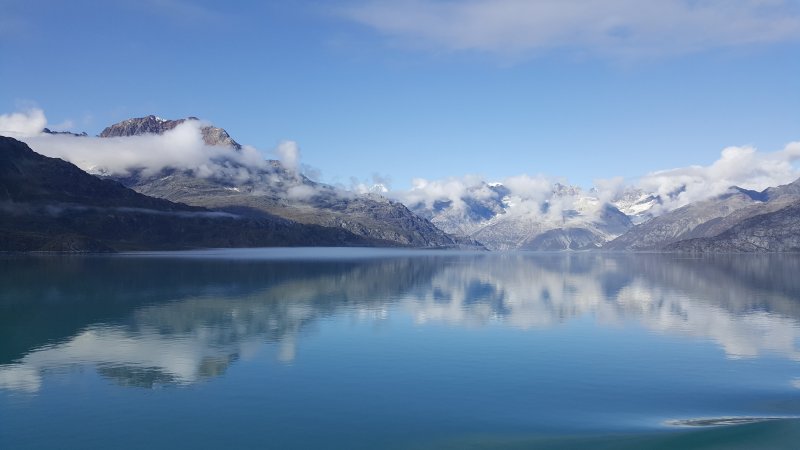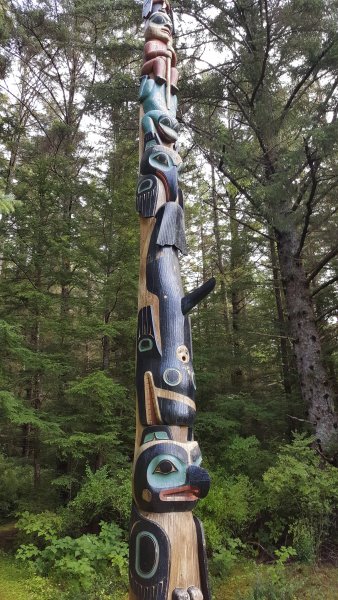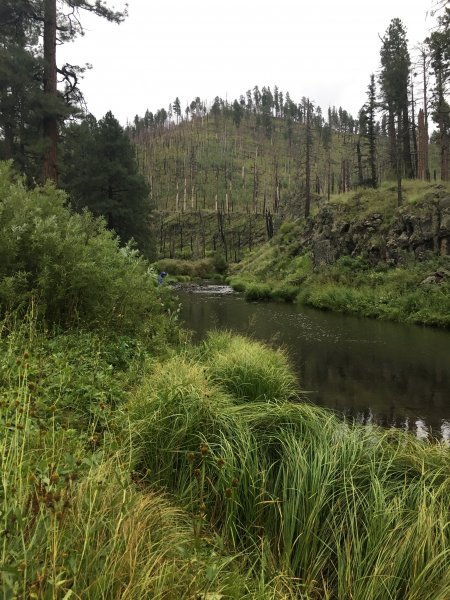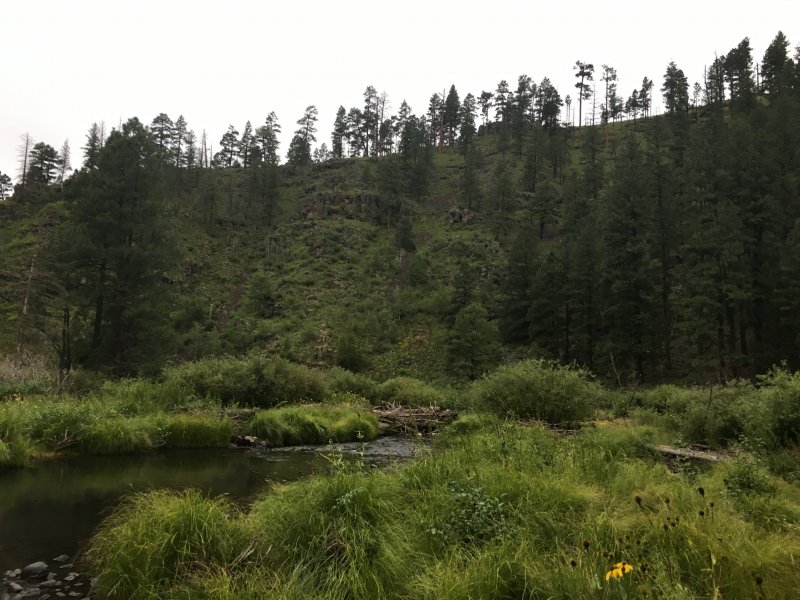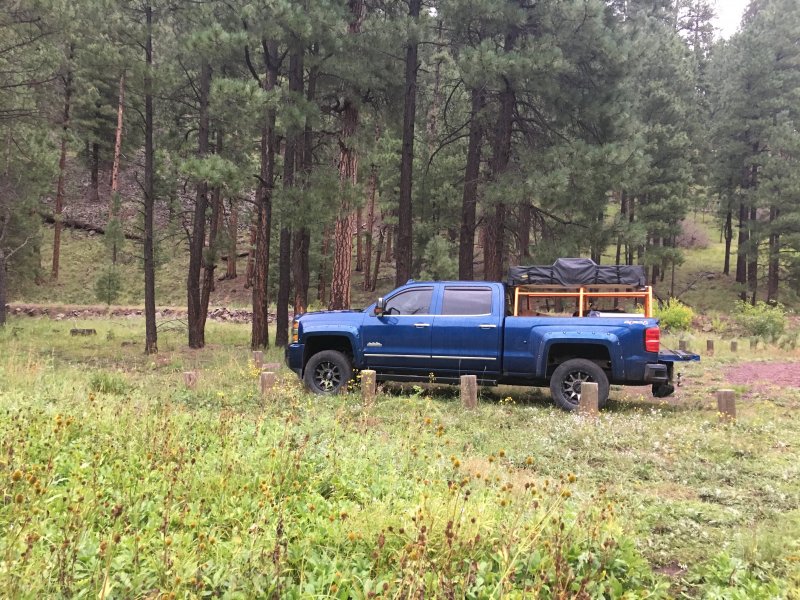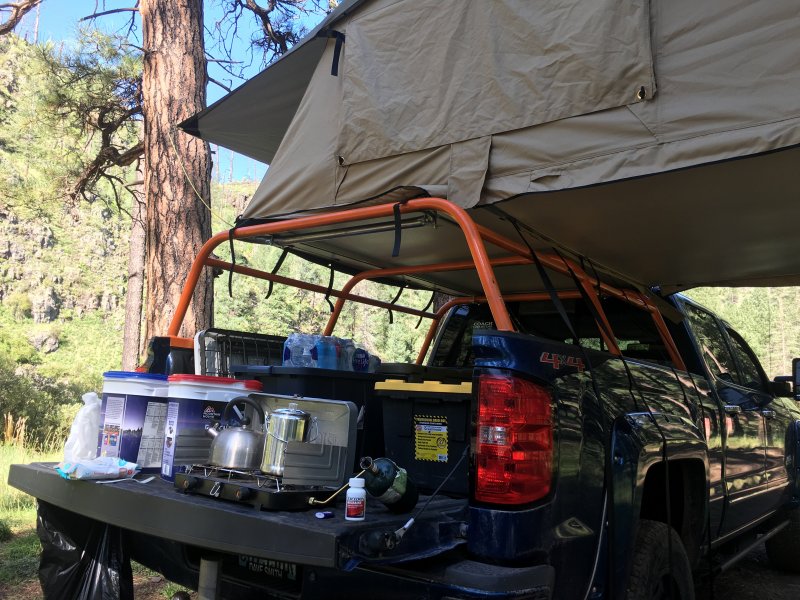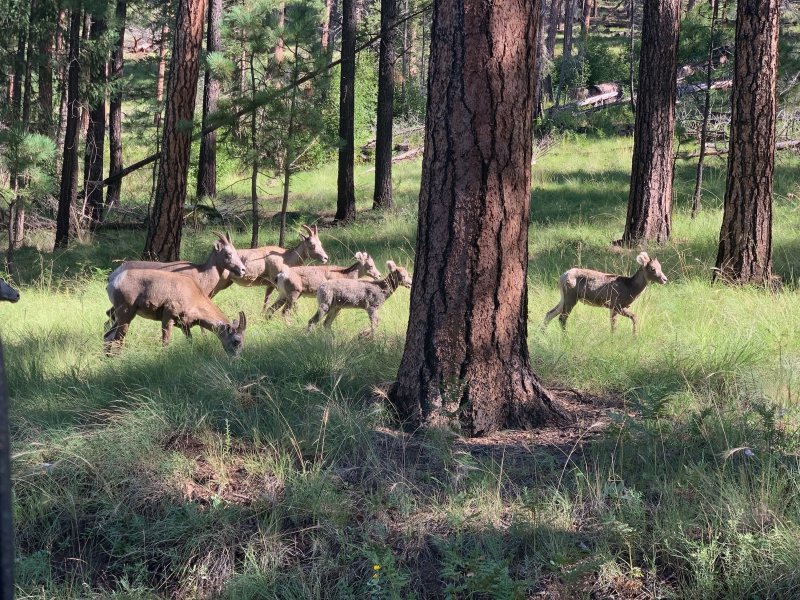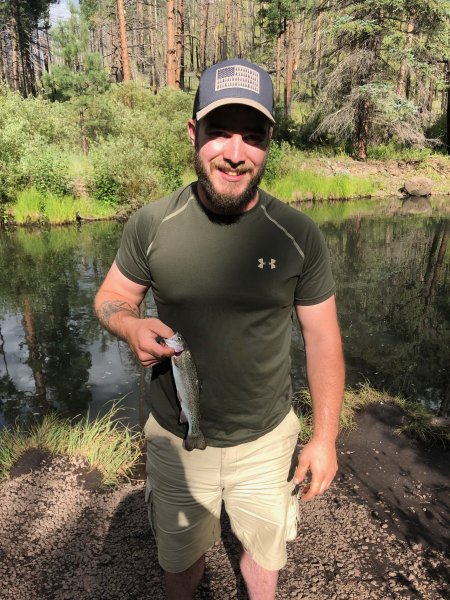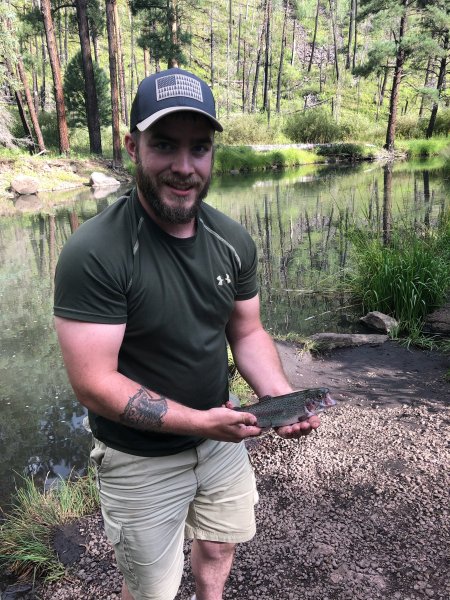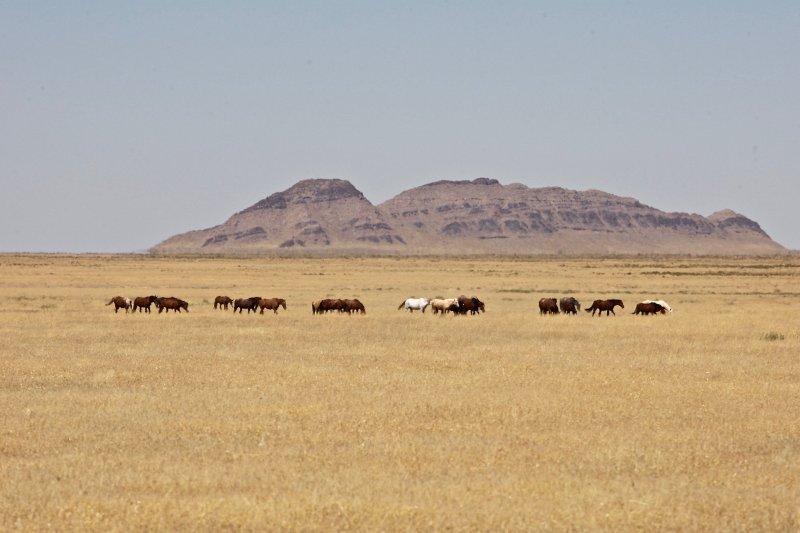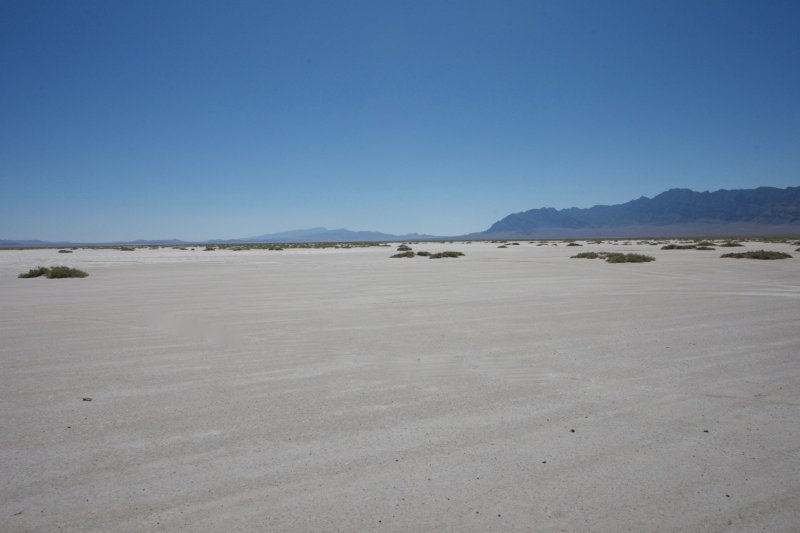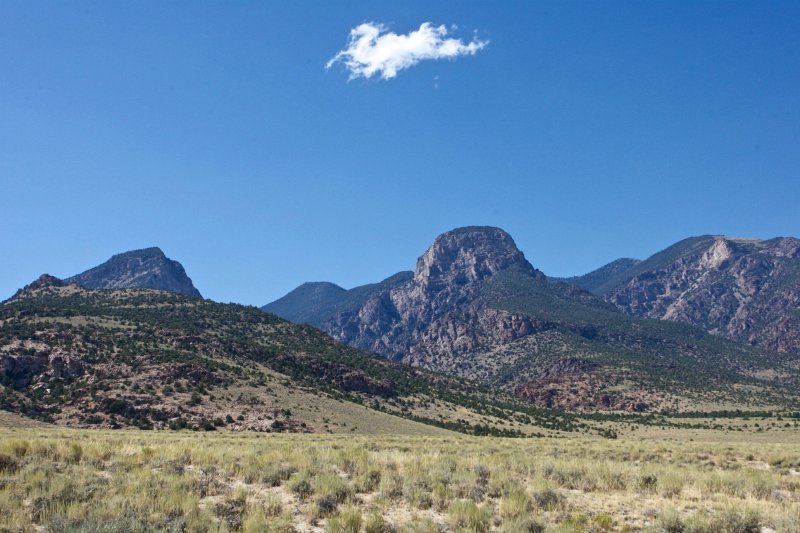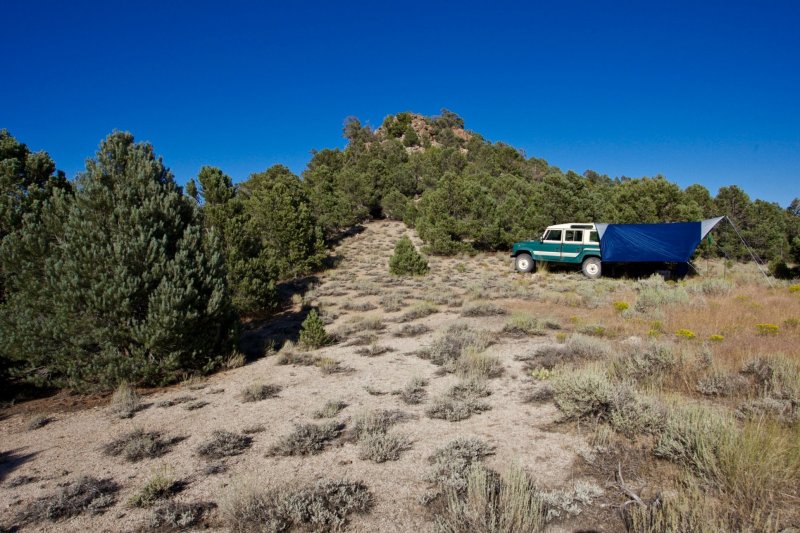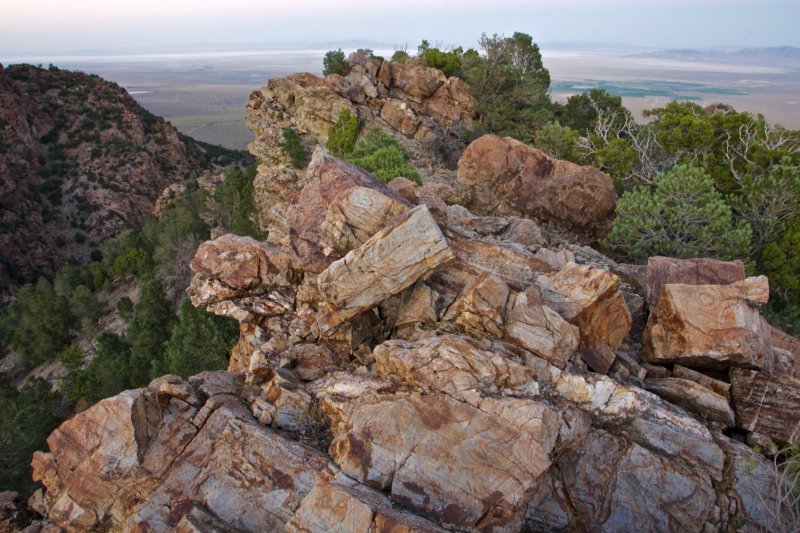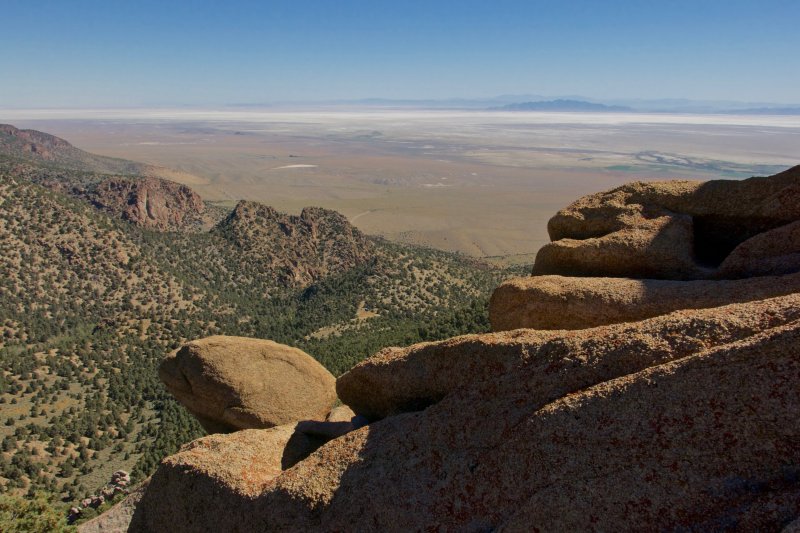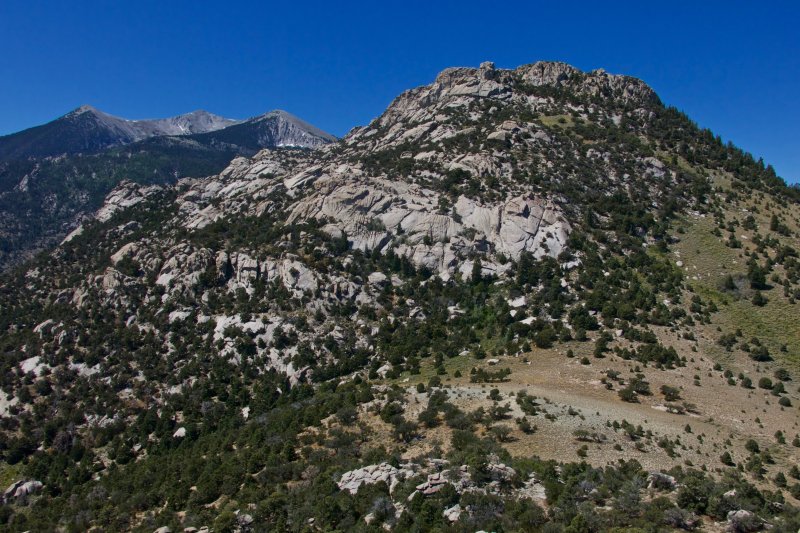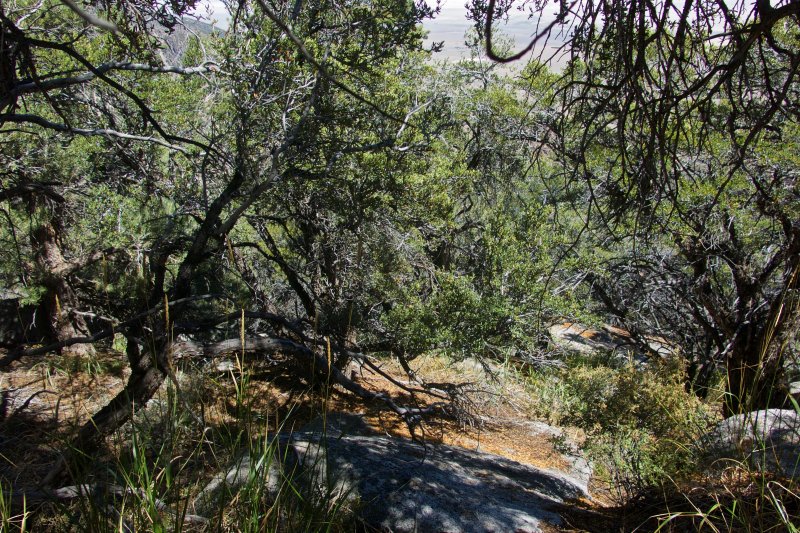Leaderboard
Popular Content
Showing content with the highest reputation on 09/19/2019 in all areas
-
Background Science needs a type specimen (a body) to recognize Bigfoot as an extant species. Government recognition of the species will lead to habitat protection and its long term survival. There are laws in place which could be used to prosecute the first person to obtain a type specimen. Hypothetical Scenario An ordinary citizen obtains a type specimen and presents it to government authorities for recognition. Sasquatch is then recognized but there is public outcry over the kill and existing laws are used to prosecute the citizen. A Legal Defense Fund is created to help pay for the expenses of defending the citizen.4 points
-
This is a really good point, and one I'd not considered in full. I just thought it seemed strange for an animal that is described as extremely elusive and possibly reclusive to approach an obvious human camp and make itself known, seems counter intuitive if the animal doesn't want to be found yet I can see how that is a way of sending a message without revealing itself and still remaining at least partially hidden. My initial line of thinking was that if the creature has a large habitat area and moves around a lot anyway which I think most would be agreed on they would just move to some other location within that large area without the humans even knowing. I guess if they have a water source though they may be very protective of that at certain times when other sources are hard to find maybe.3 points
-
Most hunters are out hunting game animals to put in a freezer. They have bought a license and a tag. The last thing on their minds is shooting something humanoid. Great apes throw things. We know this. I’m not sure the correlation between throwing things and being not rare though. Throwing things to make people leave is a great strategy for staying hidden. Think of a sniper taking a spoiler shot like in old westerns. Nothing says “go away” more. It’s the Grizzly Bear tactic of bluff charges and in close and personal that can get you extinct quick. If the human feels trapped and cornered and they have a gun? Your in for a really bad day. Rocks flying out of thin air and maybe some scary noises makes the human simply want to leave. But lets be real. I think many reports are either fabricated or misidentified animals. Doing my work up on caloric intake is a eye opener. Large omnivore like Grizzlies need hundreds if not thousands of square miles to survive. Bigfoot is not living on a 20 acre woodlot outside Chicago.... Not many of us are willing to shoot one. And I’ve been called every name in the book too for wanting to. Project Grendel was never anymore than 6-8 guys spread thin across the North American continent. We just shared ideas and notes. The GCBRO is another large outfit down south. They have their own TV show. Its a part time affair. Absolutely. I’m not aware of a professional dedicated team being bankrolled somewhere. The most popular scenario with PG was to set up a camping trip with sniper over watch. Sasquatch seems to be curious of human activity. Spies on the camp and a sniper up in a tree takes the shot. My only issue with the scenario is I have got a lot of time sleeping in the woods. I have nothing strange to report. No rock throwing or strange noises coming from the timber. I say we appeal to its stomach. I don’t know how to pick a fight with a Sasquatch or what his mate swoons him with. But a fawn in distress is a call every predator understands completely. There are basically three types of hunting calls. Each call is appealing to a certain behavior. Prey Sex Sparring Bigfoot may be too smart for this. Or he smells us or hears something he doesn’t like. Or maybe he is a like a bobcat. He comes in slower, takes longer, let’s the Bears take the bait first and observes what happens. When calling Bobcats you have to let Coyotes come and go. And you may let 3 coyotes go and never see a Bobcat. You have to have painstaking patience with cats unless you have hounds. The other obvious choice is to cut his tracks in snow. That’s my only experience with something out of the norm. But I was too young to act on it and my father wanted nothing to do with it. Which I understand. I wouldn’t risk my young son either. But with tracks to follow on a snowmobile? Or tracked ATV? Barring a snow storm you would be set. My MO anymore is just to enjoy my activities outdoors but have the capability to do something proactive IF an encounter happens. A big game rifle or large caliber handgun, a light, a sharp cutting tool and a game bag or tarp. It should be in everyone’s pickup or SUV if they take this thing seriously. You don’t have to be vocal about it like I am. Shoot, take what you can feesably carry and get out. Go get help.3 points
-
Not all hunters are incompetent, but I would venture to guess that most are, and the percentage of incompetent hunters has increased with social urbanization. Moreover, hunters aren't hunting for sasquatches, and they are fairly well versed with hunting laws and regs, which literally didn't exist a century ago. While hunters seem quite able to kill bears and moose in Alaska, you might be surprised to learn that the overall success rate in Alaska for moose is @ 20%, and that is for nearly 100,000 hunters hunting 200,000 moose, the success rate in most game management units is much lower (under 10% is common), and the success rate for bears (especially brown or grizzly bears) is significantly lower than that. I believe they are extremely rare. For example, there are only an estimated 45,000 brown/grizzly bears in all of North America, Canada and Alaska included. Of these, 75% of them are in Alaska, and of the Alaskan bears, the vast majority are concentrated in Game Management Units 3, 4, 5, 8, and 9. If there are only an estimated 5,000 sasquatches on the continent, that's less than 10% of the grizzly population, and also extremely localized in remote habitat featuring great cover and concealment. Conversely, there are human habitations and structures literally everywhere, including in the middle of classified wilderness lands and parks. Many are often uninhabited, which encourages wild animals of all kinds to become emboldened to hang out in the area only to bevome invaded when the humans show up. This is a common theme with all kinds of animals. No doubt about it. As an example, I'm an experienced, accomplished, and frequent Alaskan big game hunter, I'm a strong believer in the existence of sasquatches, and not only do I not hunt for them, I have come to the reasoned conclusion that the only way I would shoot one is in self defense. Of all the people on this forum, there are just a few who regularly state that they are pro kill and they regularly go out looking for sasquatches. I believe so, especially in the 1970's. Has NAWAC professed a pro kill position and mounted hunting expeditions to that end? Probably, along with a lack of experience, know how, time, access, and sasquatches to shoot. Good question. Everybody on this forum who is pro kill has proposed a number of scenarios. I'm confident that quite a few factors are important: * Fresh reports in the area would be ideal * A history of sightings in that area are important * Funding, which isn't cheap; even a relatively local week long caribou hunt for me will cost a few hundred dollars just in fuel, communications subscriptions, spare parts, etc. That doesn't include food (I eat anyway at home) or license and tag (a sasquatch hunt might require some sort of license and tag, however, to legally justify the carry of firearms in the woods, depending on the politics of the area, but in Alaska, I already have a lifetime license), and I'm already all geared up * The proper tactic is critical; baiting? Calling? Spot and stalk? Stalking upwind along a noisy creek like Patterson & Gimlin? * Spending plenty of time on location........like weeks * Complete access to the area, both legally and tactically * A good plan for carcass preservation and extraction, including out of the woods as well as to a final destination, which would include a plan for interstate/international smuggling, all of which is illegal on the federal/international level (CITES) * A good legal defense plan and funding in the possible event of criminal prosecution2 points
-
Would anyone care to donate to Incorrigible1's Home for Wayward Cheerleaders?1 point
-
Good points. I updated the poll to reflect the changes. If anyone needs their vote changed, please let me know. Thanks!1 point
-
Forgive me, but the questions seem unfair. If a person says they would not donate as a response to question one, the next question should not ask how much they would donate and not have a "0" as an option. The final question, too, there should be an option that says "I told you already, I would not donate." Sounds like the writer is assuming everyone would give money. Respectfully submitted.1 point
-
I'm sure we have killed bunches of them. Even in recent times. There are plenty of reports of people shooting at them, only to have them disappear into the woods. So far, nobody seems to have had the required balance of large reproductive rocks and/or low IQ to chase a wounded squatch into the brush it ran off into. If such a person has had those basic requirements, we've not found their body either. What I know is that if such an animal (or whatever it is) gets gut shot, or even a 'pass through' deep wound without any follow up medical treatment, it's almost guaranteed to succumb to blood loss or infection. The problem is just how far and deep it ran before it died. Maybe the ticket to finding a body is a tracker and cadaver dog on retainer and ready to fly off in a moments notice. I have always believed that the first body found would be as a result of road kill. There are reports of sightings along roads all the time. Some narrowly missed and some reported being hit. No real way to plan or do an expedition. I think that hunting them poses issues as I believe that they do remove/defend their dead when possible. Road kill would be problematic for that because of the human activity at a crash site. Police, ambulance, good Samaritans, etc. With all that going on, the rest might flee and leave their comrade. That would leave it for somebody to find and report. A problem is that they are a big, tough, critter. That means they are not likely to just drop on the roadway. In fact, none have so far. I think they run off as far as they can and then succumb to their injuries. We just haven't looked to find them. 17x71 point
-
Sweet kayak, twenty pounds! Not low end, but I've had this on my list for a long time: https://hydrobikes.com/1 point
-
Why would the government snag bodies and keep the existence of Bigfoot a secret? Simply because acknowledging their existence is a mess they don't want to deal with. First and foremost, what are Bigfoot? Human? Ape? Something in between? Maybe a type of alien? A missing link in evolution? That question alone throws a monkey wrench into what we "know" about life, history, and our world. That path is not one the government is prepared or willing to venture down because there's far too many variables that they can not control right now, so it's just easier to hide it and keep the secret. And logging or mining not being effected? Again, it comes down to what a Sasquatch is determined to be. There's simply no way to know how it would effect either industry until that is determined. I'll be perfectly honest in that I don't follow all the rules and regulations in regards to logging or mining, but you really don't have to follow that to know that the acknowledge existence of some sort of intelligent being who lives in the forests of North America could very well have massive implications of both mining and logging. There's absolutely every reason for the government to care about "an ape in the woods" and that's assuming that the Sasquatch are just a type of ape. We don't know THAT they exist and thus we can't possibly know WHERE they exist, so to say that they areas the live in are already protected just isn't known. Again, it's just a mess and a headache that they don't want, so the secret is kept. I absolutely agree with your base logic IF you assume that Bigfoot is just some type of ape species. The thing is that... well... they're not. I don't know exactly what they are, but from all the research I've done and encounters I've heard, they seem far more human/people than animal to me. I suspect that the government organizations that do know about Sasquatch's existence simply don't know how to explain to the public what they are and how they fit into our world, so it's easier to keep them hidden for now. One thing I absolutely do agree with you on is that they probably do have some sort of ritual of burial or disposal for their dead and that, for the most part, is why we don't find bodies. Nature is amazing at cleaning up after herself as well, so most of the stragglers that don't get buried for some reason, get returned to the earth in quick fashion. I'm not saying that government officials swoop in and whisk away all dead Bigfoot bodies. Just that in extreme cases like natural disasters or something of the sort, where bodies may be exposed to the public because they can't be taken care of naturally fast enough, there's government agents there to make sure they're not. Can't argue with this in most cases where they don't get ritually buried or disposed of.1 point
-
Im not advocating that the government goes around cleaning up dead bodies.... But ask yourself this. If the 411 books truly show a problem in our national parks and forests? And that came out? Tourism would go to zero. And all of the families of the missing and dead? Would file lawsuits. The government warns you about everything. Cliffs, Bears, trails, roads, cougars, etc. But they failed to warn you about a potentially violent 800 lbs ape man running amok in their forest? I’d say there is plenty of reason for them to care.1 point
-
I think there is a simpler explanation as to why we don't find a Bigfoot body.1 point
-
1 point
-
Excellent post Huntster and I have to admit I didn't realise the success rates were so low on hunting Moose, Bears and so on. I've noticed a lot of people reference water sources as good places to start looking, seems logical to stake those out and maybe using horses like Patterson and Gimlin did might be a good way to mask human noises, smells etc. which may alert or act as warning signs to a creature like a bigfoot. The biggest hurdle seems likely to be the funding to find the right people, with the right equipment and to allow them to spend the requisite time needed.1 point
-
Got hooked on dinosaurs as a kid. They were awesome! That led in due course to reading about anthropology. We had a set of 1939 Colliers Encyclopedia. There was a page that showed reconstructions of the Neanderthal man, the Cro-Magnon man, and ... the Piltdown man ... in the early 50's, the Piltdown man turned out to be a hoax. Somehow, that made it all more interesting to me. As for Bigfoot, I had to wait for the PGF; I was instantly hooked. ... I have never doubted that Patty was real.1 point
-
Three parts to the answer all converging. First, I don't think there are as many as people assume, I think they travel farther, faster, and are seen more often, so there are fewer bigfoots accounting for the reports than people realize. Second, I do not think they are alone, I think even if you only see one, there are others "near enough" that they simply do not die alone. Third, I think they engage in deliberate ritual burial, and move the body as far as necessary for that to occur in a remote location seldom, if ever, visited by humans. Given their reported strength and ability to travel distance quickly when they choose to do so, I could see them relocating a body more than 100 miles if needed for secluded burial. It all points back to the almost unavoidable conclusion we are not dealing with a mere wild animal that decomposes where it falls, we're dealing with an alternate kind of person with intelligence, ritual, etc. I believe you have to find the burial locations and exhume one. I think there could be some risk involved in doing that. The next best situation would be some sort of natural disaster that could wipe out a group so there are no survivors to remove the bodies. Could well be that Mt St Helens provided that scenario. SWWASAS has suggested this in the past and I do not disagree. Actually, Joe Beelart suggest a variation of this in his first (fiction ... darn good fiction) book. Talented is not the same as infallible. And in the absence of a person who is both willing and instantly ready to pull a trigger, a sighting does not produce a body to recover. MIB1 point
-
Muscle mass may be only part of the answer: "Our surplus motor neurons allow us to engage smaller portions of our muscles at any given time. We can engage just a few muscle fibers for delicate tasks like threading a needle, and progressively more for tasks that require more force. Conversely, since chimps have fewer motor neurons, each neuron triggers a higher number of muscle fibers. So using a muscle becomes more of an all-or-nothing proposition for chimps. As a result, chimps often end up using more muscle than they need. " This also may explain their lack of tools beyond sticks and stones.1 point
-
Just got back from seven day Alaska cruise with my wife. I haven't been very active the past few years due to health issues. Doing better now dropped 50 lbs getting out walking and plan to get out there and do more time in the forests. We saw dozens of hump back whales some Orcas, porpoises, sea otters, seals but no bears. Lots of salmon in Sitka AK.1 point
-
Spent two days on the black river catching Apache trout. Apache Sitgreaves NF. Bighorn came off ridge and grazed right through camp this morn. Currently in Alpine Az, staying at RV park, getting showers and ice and catching up on emails and texts. Update on Smittybuilt RTT. I love the ease and simplicity of taking it down and putting it up. Stayed dry in pouring rain and hail. Don’t worry about lumpy ground or tree roots like with traditional tents. My only complaint is the platform is made out of some white material that bows a bit. We tried to keep sleeping bags in tent when it folded up. The hinge didn’t like that. And will try to pop out of its track. Would prefer if the deck was more rigid and deeper so the bedding could stay in the tent, dry and ready for bed time. It’s well worth 1200 bucks I think. A cabelas alaknak costs similar. And is just fabric and a pole set.It also doesn’t come with a rain fly and you would get wet in bad weather. My son likes the light bar and charging station that came with it. Hang a IPad off the ridge pole and we are watching westerns when the sun goes down and charging phones. These look like rainbow to me. They stock the river every friday.1 point
-
Headed out to the Deep Creek Mountains along the border between UT and NV. Some 12,000' peaks there, it's a remote range with little human presence. Access via the Pony Express trail, a long dusty washboarded affair. With wild horses: And squatchless salt flats: Up into here: Set up camp with much needed shade. Possible cougar scat in the pinyons behind Rover but no sightings: Scrambled up the peak behind for a looksee, tired old mountain top: Cooked up some grub at dusk and went for a stroll down the "trail." Poorwills and nighthawks overhead, crickets and katydids providing soundtrack. Nothing anomalous throughout the night. Following day we made 1300' of bushwhacked gain up through pinyon/sagebrush and 2 steps up, 1 back rottenrock scree to the various peaks S of camp. Saw jackrabbits and a golden eagle who met us at the summit, outside of indeterminate tracks, no other wildlife. Camp down there somewhere: Intended peak but after 1300' up at 8200' we retreated: Down through a slide/tumble scrapefest that often looked like this: Beautiful area with a little water flowing downstream but maybe still too dry...idk1 point
This leaderboard is set to New York/GMT-05:00













